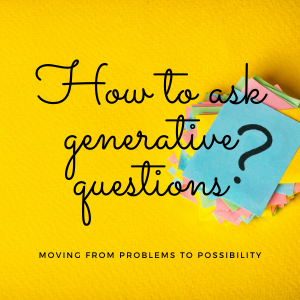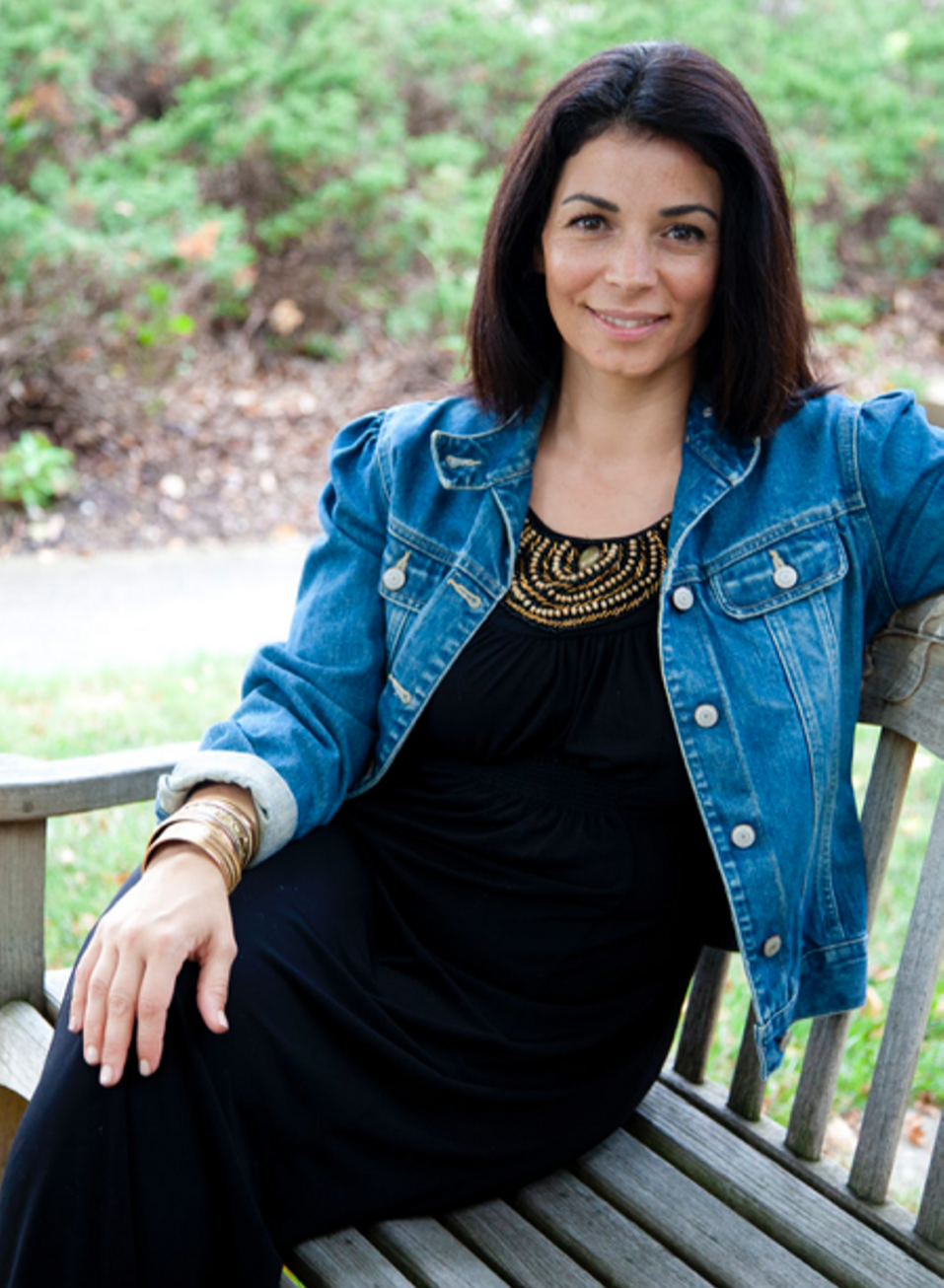 Getting to a change in practice is hard work…and sometimes, we dive into problem solving, advice giving, or even admiring the problem a little too quickly and for a little too long;-)
Getting to a change in practice is hard work…and sometimes, we dive into problem solving, advice giving, or even admiring the problem a little too quickly and for a little too long;-)
For example, what is your initial response when you hear the following statements….
- We are facing so many problems at the same time and are feeling unsure as to where to begin.
- We are facing the same problem over and over. We’re feeling frustrated that we haven’t found a solution.
- We see a problem (and maybe a solution), but others don’t see the problem and/or don’t buy into our solution.
- We don’t know where to begin in terms of bringing others on board, sharing what we’ve learned, or getting consistency across classrooms and settings.
How do we pause, take a breath, and ask generative questions? – “Questions that you ask in wonderment and curiosity when you’re seeking ideas for creating change and asking to be shown what else is possible.” Generative questions provide a sense of hope and help to uncover what is possible.
Here’s an activity where you take a problem/challenge and reframe it by asking generative questions.
Start by stating the problem or challenge. For example:
- We don’t have enough time
- We aren’t all on the same page
- We are being given conflicting advice
- Others don’t see the importance of _______
- I can’t be in two places at once
- It’s hard to support a child who is not in the green when I’m also responsible for many other children who are “ready” to learn.”
Next, reframe the problem into a generative question (or two) using the “question starters” found on this DRIVE document. Identify possible “question starters” by picking from one of the five types of generative questions.
These questions stem from the five cycles of appreciative inquiry, which is “a fundamental shift in the overall perspective taken throughout the entire change process to ‘see’ the wholeness of the human system and to “inquire” into that system’s strengths, possibilities, and successes.”
The following is a brief summary of each type of question from the 5-D Cycle of Appreciative Inquiry:
- Define type of questions: Define by asking questions that will provide clarity and uncover opportunities. These questions also help you to “get on the same page” or “drill down” to get to the heart of the issue.
- Discovery type of questions: Discover and ask questions about past successes, strengths, stories of impact, and examples of positive outcomes. These questions help if looking for what is already working or want to rediscover strengths and the best part of what already is.
- Dream type of questions: Dream questions are grounded in a clear sense of what’s possible, what you want to see go well, what you want to create, and what you envision as a positive potential. These questions help if ready to “think beyond the box” and brainstorm what is possible; These questions get at wishes, hopes, and aspirations for different stakeholders.
- Design type of questions: Design questions get at how we might start something new around our topic, drawing from the best of what is, and our dreams of what might be. These questions help us decide how we start owning this change and designing a plan. These questions are helpful if ready to test out ideas and possible solutions. If you are ready to move toward what you feel is ideal. Invitation to pilot, test run, or draft a solution.
- Destiney type of questions: Destiny questions are all about taking action in manageable steps forward. It’s about taking action on the change and owning it as our destiny and what will be. These questions are helpful if we are ready to see what is on the other side of the problem. If we are ready to innovate and improve upon solutions, and if we are ready to embed solutions into our culture and day-to-day practices.
As an alternative to searching by “type”…look across the matrix for a “question starters” that feels inspiring, feels like a match…or allows you to “reframe” the situation in the best light possible.
Once you have your question(s)…try them out in the real world and see if you get to a change in practice.
Click here to access the DRIVE document with a matrix of sentence starters.
Additional resources on asking questions to get to a change in practice:
Guest Blogger – Jennifer Lopez – A leadership coach, organizational consultant, and corporate executive, Jennifer Lopez has 20 years of experience with organizational change. She is a community advocate for families and children. As a trustee of the Children’s Museum of Cleveland, she develops strategies to engage the community and generate enthusiasm for its mission. This work also allows her to fulfill her passion of creating safe spaces for children to learn and play. She holds a Master’s degree in Positive Organizational Development and Change from Case Western Reserve University, the birthplace of Appreciative Inquiry. She studied with pioneering leaders in the fields of Resonant Leadership, Coaching with Compassion, and Emotional Intelligence. She is the wife of a jazz musician, mother of five glorious children, and a devotee of compassionate leadership as a means of bringing out the best in people to create thriving teams and organizations. She loves finding great ways to reframe work and life, using a unique approach of celebrating the chaos that is often around us and reconsidering our own approach to the challenges that find their way into the lives of busy leaders. Learn more about Jennifer at jenalopez.com and follow her on Instagram here.
A leadership coach, organizational consultant, and corporate executive, Jennifer Lopez has 20 years of experience with organizational change. She is a community advocate for families and children. As a trustee of the Children’s Museum of Cleveland, she develops strategies to engage the community and generate enthusiasm for its mission. This work also allows her to fulfill her passion of creating safe spaces for children to learn and play. She holds a Master’s degree in Positive Organizational Development and Change from Case Western Reserve University, the birthplace of Appreciative Inquiry. She studied with pioneering leaders in the fields of Resonant Leadership, Coaching with Compassion, and Emotional Intelligence. She is the wife of a jazz musician, mother of five glorious children, and a devotee of compassionate leadership as a means of bringing out the best in people to create thriving teams and organizations. She loves finding great ways to reframe work and life, using a unique approach of celebrating the chaos that is often around us and reconsidering our own approach to the challenges that find their way into the lives of busy leaders. Learn more about Jennifer at jenalopez.com and follow her on Instagram here.